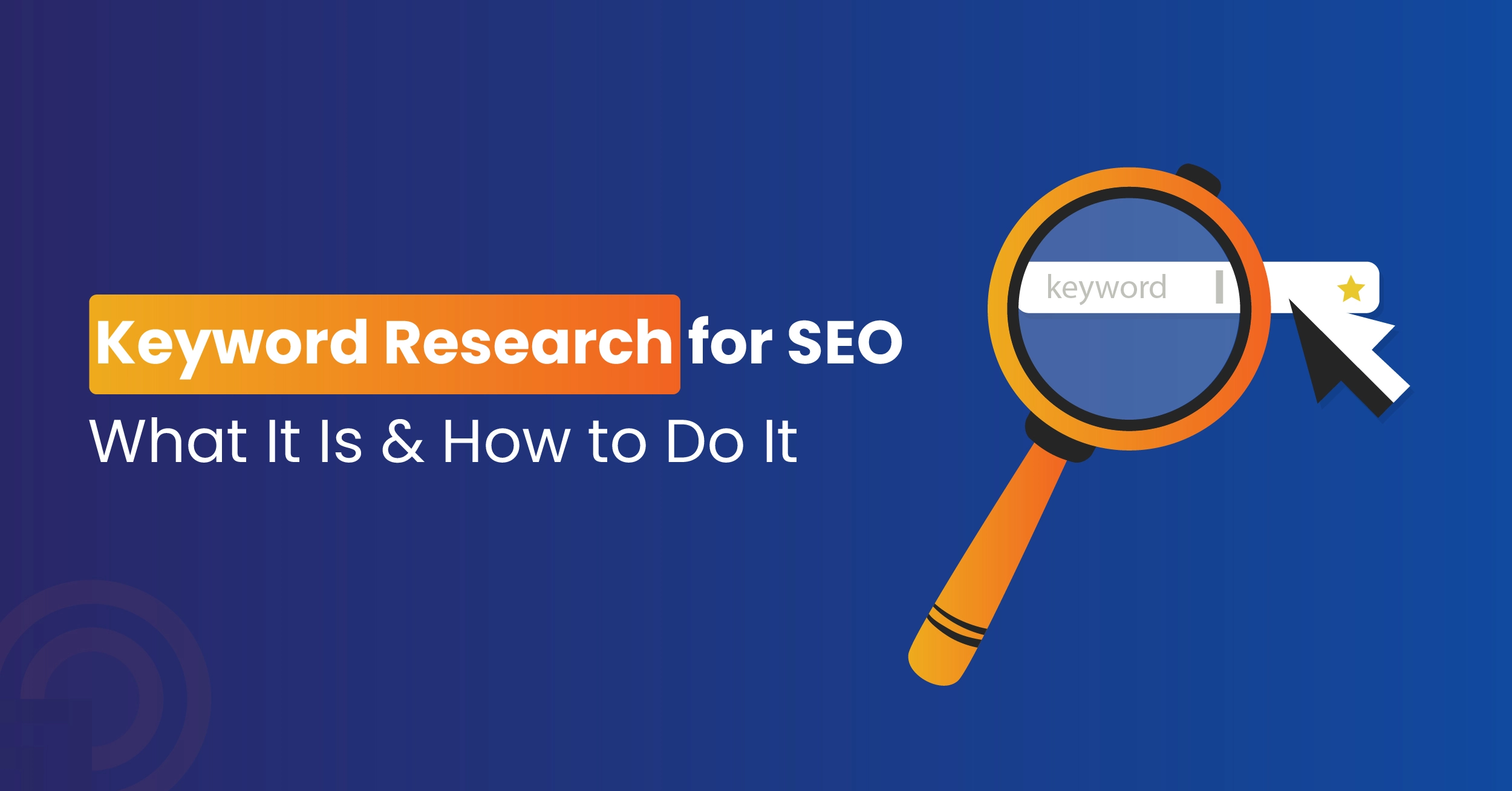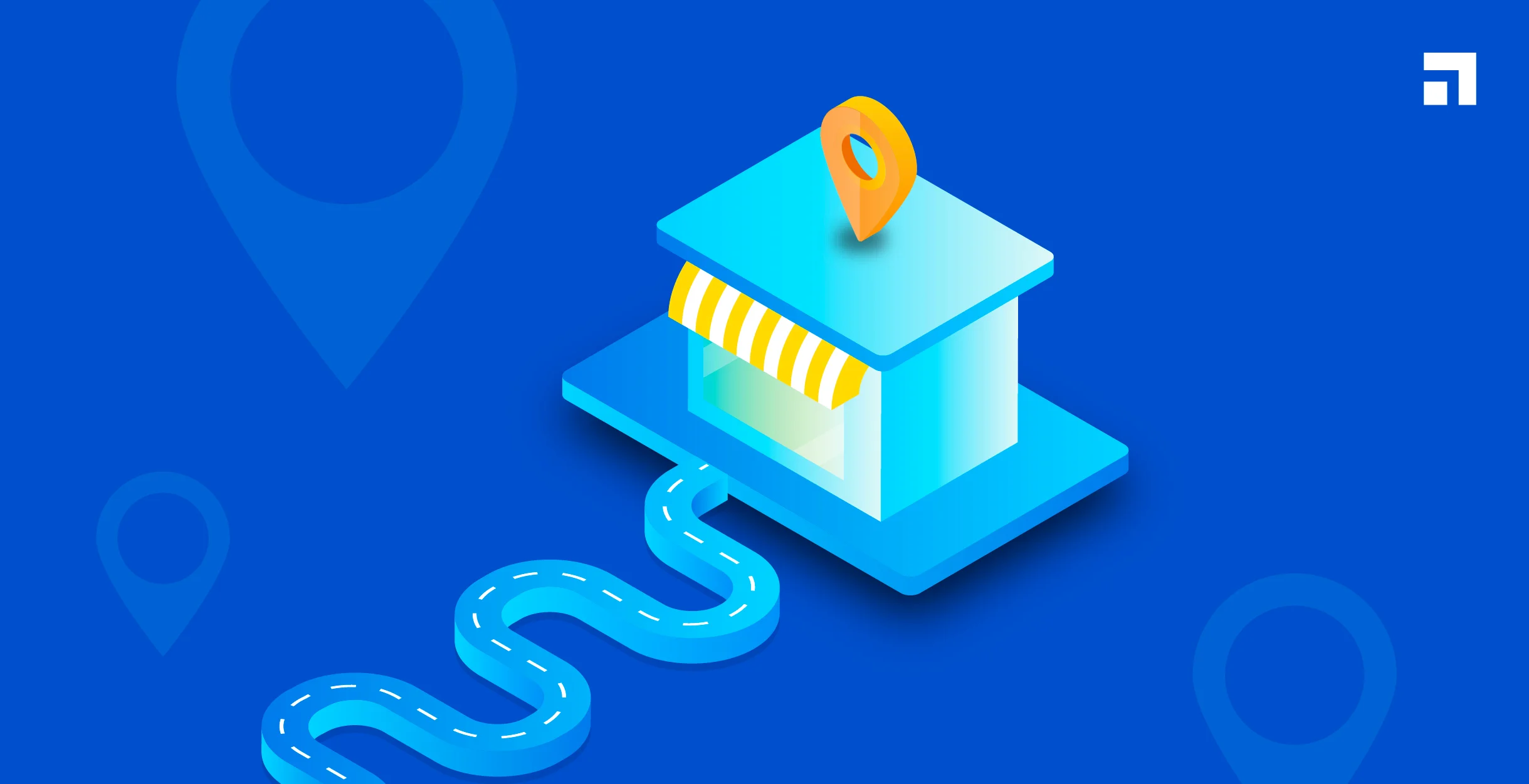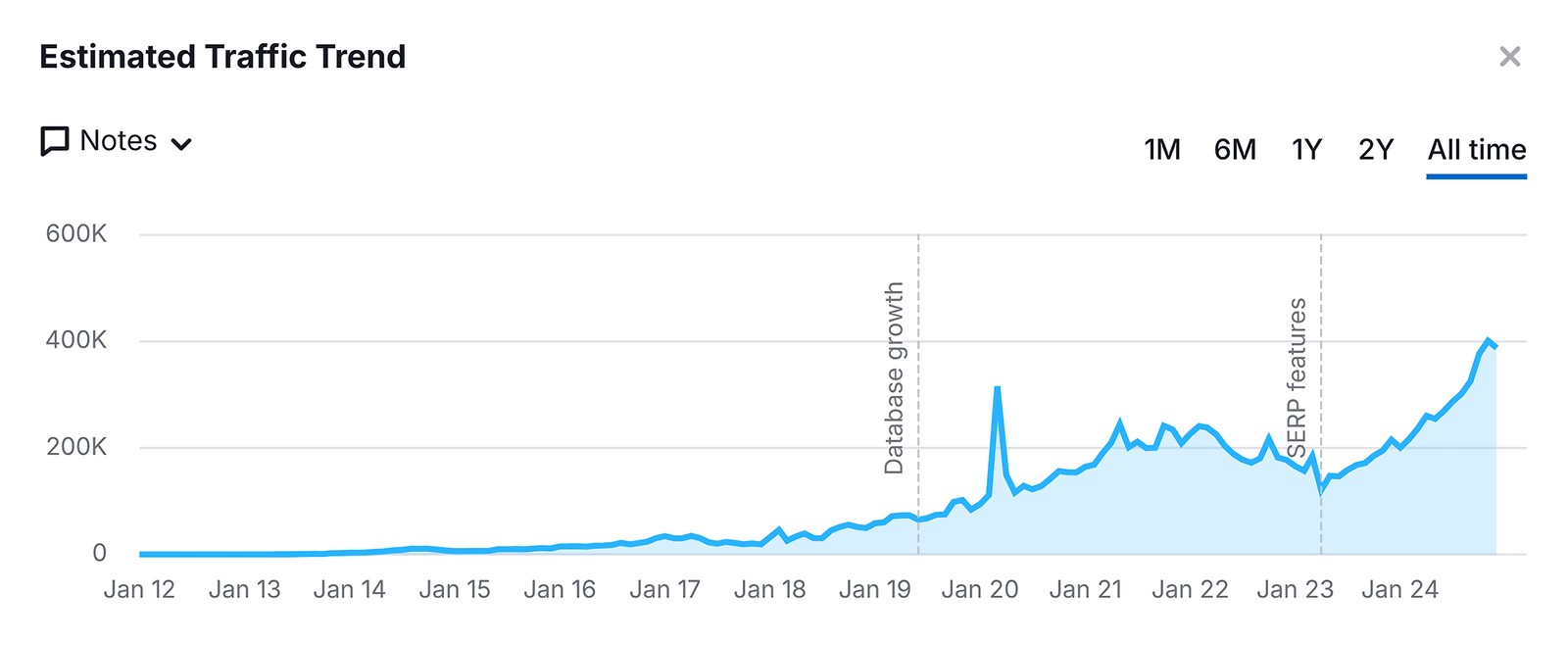You don’t need to do everything yourself. Hire skilled freelancers on Upwork or Fiverr to handle SEO and marketing, so you can focus on growing your business

SEO (Search Engine Optimization) is one of the most powerful tools for building long-term, organic growth for your business. Whether you’re running a Shopify store, a blog, or a service-based business, understanding SEO will help you attract the right audience without relying solely on paid ads – SEO only works if you have a business — read How to Start a Business first.”
In this guide, you’ll learn everything you need to know about SEO marketing — from keyword research and on-page optimization to backlinks, technical structure, and user experience. Each section includes practical examples and tips to help you apply SEO effectively.
SEO is the process of improving your website’s visibility on search engines like Google. When done right, SEO helps your content appear at the top of search results — which means more clicks, more customers, and more trust.
For example, when someone searches “best products to sell on Shopify 2025”, Google analyzes thousands of pages and ranks the ones it thinks are most helpful, relevant, and trustworthy. Your goal with SEO is to make sure your content meets those standards better than anyone else’s.

Keywords are the words and phrases people type into Google. To rank well, you need to know what your target audience searches for and use those phrases naturally throughout your content.
Use free and paid tools like:
If your page is about selling products online, you might target:
Use your main keyword in your title, first paragraph, and subheadings — but make sure it sounds natural, not forced.

On-page SEO refers to everything you can control within your website. It’s about helping Google understand your topic, while keeping your content useful and readable for humans.
The title tag is the headline that appears in Google search results.
It should include your main keyword and clearly describe the page’s value.
Example of an SEO-friendly title:
(Wrong) Shopify Products You Can Sell
(Right) 10 Best Products to Sell on Shopify in 2025 (Beginner’s Guide to E-Commerce)
Titles between 55–65 characters perform best.
The meta description appears below your title in search results.
It should include your keyword, a clear benefit, and a call to action.
Example:
Discover the best Shopify products to sell in 2025. Learn how to choose profitable items, attract customers, and grow your online store.
Length: 150–160 characters.
Structure your article with clear headings.
Your H1 should contain the main keyword, and H2/H3 subheadings should include variations or related phrases.
Example:
Place your keyword naturally in:
Avoid overstuffing keywords — readability and flow always come first.
Linking between your own blog posts tells Google how your content is related.
Example: From your Shopify SEO guide, link to How to Build a Shopify Store or Best Shopify Apps for Growth.
Internal links also keep users on your site longer — a strong ranking signal.
Use descriptive filenames and alt text to describe your images.
Example: Instead of image1.jpg, use eco-friendly-products-shopify.jpg.
This helps Google Images rank your visuals and improves accessibility.
Google favors pages that are easy to read, fast to load, and visually appealing.

Off-page SEO is all about proving your website’s credibility through external signals like backlinks, mentions, and partnerships.
These are links from other websites pointing to your content.
High-quality backlinks tell Google your content is trustworthy.
Example: If Shopify’s blog or Forbes links to your article, that’s a major SEO boost.
You can earn backlinks through guest blogging, collaborations, and publishing original data or visuals.
Shares, likes, and mentions increase visibility and can lead to organic backlinks.
Engage on platforms where your audience already is — LinkedIn, TikTok, or Instagram.
Write for industry blogs or partner with influencers to get your brand featured.
Include a relevant link back to your site in your author bio or article.

Even the best content won’t rank if your website isn’t technically optimized. Technical SEO ensures your site loads fast, is mobile-friendly, and easy for Google to crawl.

Content is the foundation of SEO success.
You can’t rank without creating valuable, high-quality information that meets user intent.
Example of Keyword Optimization:
Original sentence: We help people build online stores.
SEO-optimized: We help entrepreneurs build profitable Shopify stores and grow online through SEO and e-commerce marketing strategies.

If your business operates in a local market, local SEO helps you rank for region-based searches.
Examples:

You can’t improve what you don’t measure.
Use free tools like Google Analytics and Google Search Console to monitor traffic, click-through rate (CTR), and keyword performance.
Pro Tip: Track your top 10 pages and optimize them regularly — these usually generate 80% of your traffic.
SEO Type | Focus | Goal |
On-Page SEO | Content, titles, structure | Make your site understandable for Google |
Off-Page SEO | Backlinks, authority | Build credibility and trust |
Technical SEO | Site performance | Ensure speed, security, and indexing |
Content SEO | Strategy & storytelling | Deliver consistent value |
Local SEO | Regional focus | Capture local intent |
SEO marketing is a long-term strategy — but when done right, it compounds over time.
It’s not about tricking algorithms; it’s about creating value, organizing it properly, and making it accessible to the right people.
Start with keyword research, focus on quality content, and continuously refine your site’s structure and authority. With consistent effort, you can build a Shopify store or online business that ranks high, drives traffic 24/7, and generates lasting revenue.